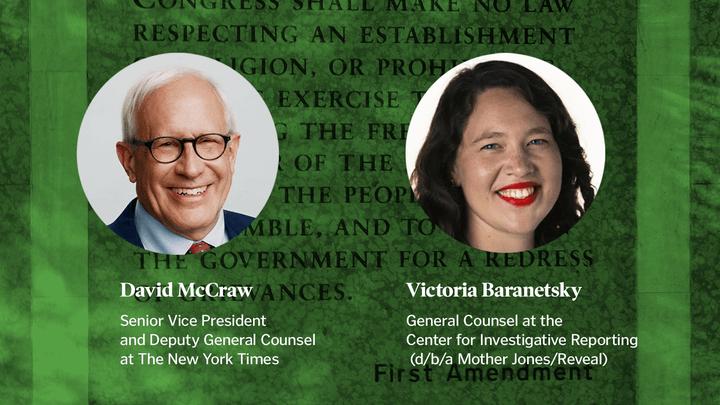Covering all the bases. On any assignment, that’s one of the biggest challenges. Making sure before you get back to the keyboard that you’ve got everything you need to write your story.
As a young reporter covering fires and accidents, I carried a checklist to make sure I got all the information I needed, or at least could answer the questions my editor might have. (How many engines? What hospital? Charges?)
But when the story was more complicated than a two-alarm fire or a car crash with injuries, I needed more to make sure my story was complete.
That’s when I turned to the six elements that Bill Blundell devised for himself when he was writing page one stories for the Wall Street Journal and later shared as an influential writing coach. Describing his approach in “Best Newspaper Writing 1982,” the year he won the award for best non-deadline writing, Blundell said he used these six areas to organize his material. “A few of these things are of interest, and others may not be, but I always consider all six of them,” he said.
They are:
- History.
When did this start? Who started it? What are the pivotal events on a timeline? - Scope.
What is the extent of the problem? How many people are affected? How much money is at stake? - Central reasons.
Why is this happening? What are the economic, social or political forces that created it, influence it, threaten it? - Impacts.
“Who is helped or hurt by this,” Blundell said, “and to what extent and what’s their emotional response to it?” - Gathering and action of contrary forces.
“If this is going on, is somebody trying to do anything about it, and how is that working out?” Blundell said. - The future.
“If this stuff keeps up,” he said, “what are things going to look like five or 10 years from now, in the eyes of the people who are directly involved?”
Blundell used the the six points to organize his reporting before he wrote. I think they can be equally valuable earlier in the process. As a roadmap for research, reporting and interviews, they offer powerful assistance with the reporter’s daily dilemma: developing expertise on deadline.
A few years ago, a Poynter visual journalism fellow named Josue Evilla designed a bookmark so he and his colleagues could remember Blundell’s six points. I keep it on my desk to remind me to make sure I’ve covered all the bases. I hope it can do the same for you.
[ What bases do you always make sure to cover when you’re reporting a story? ]






